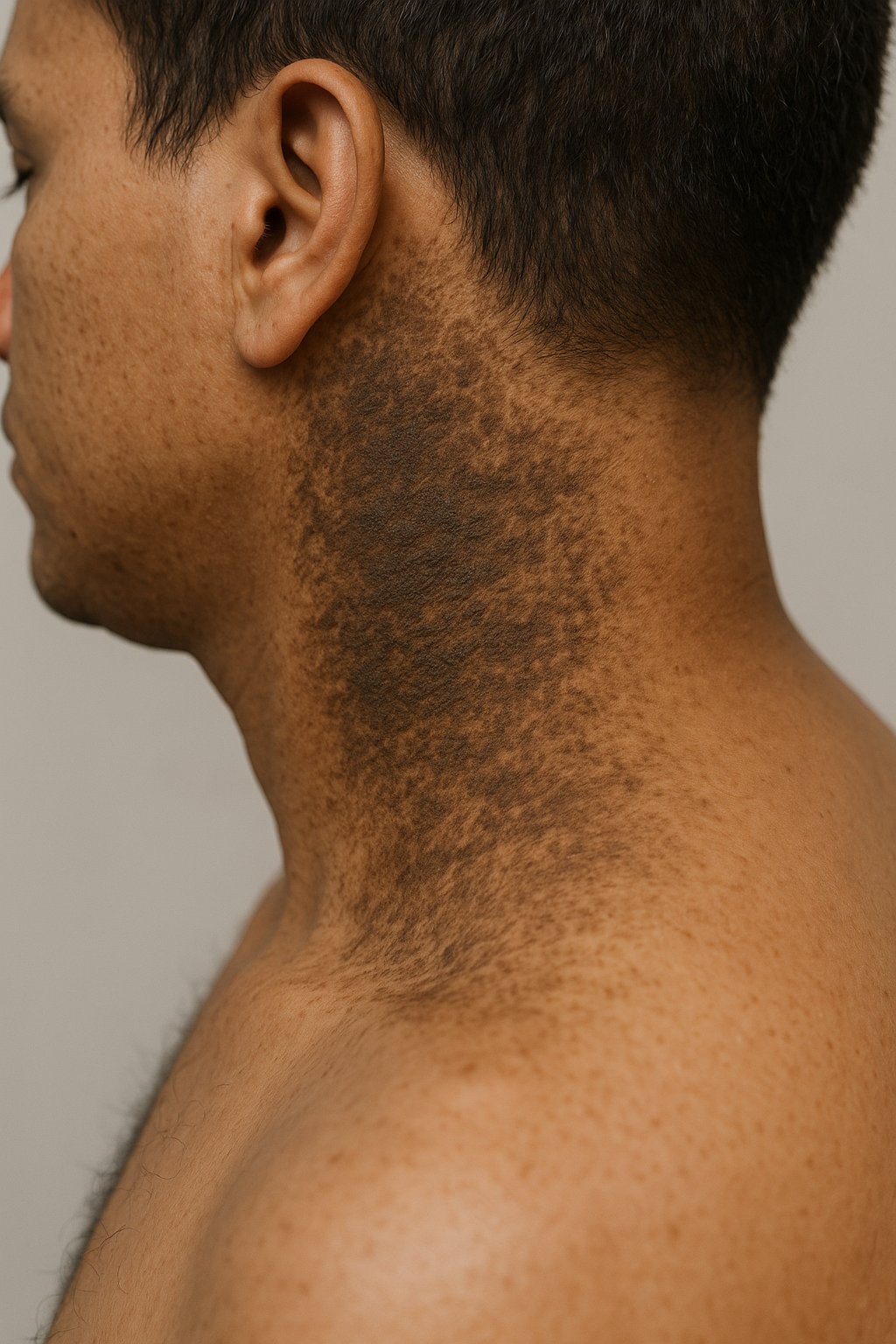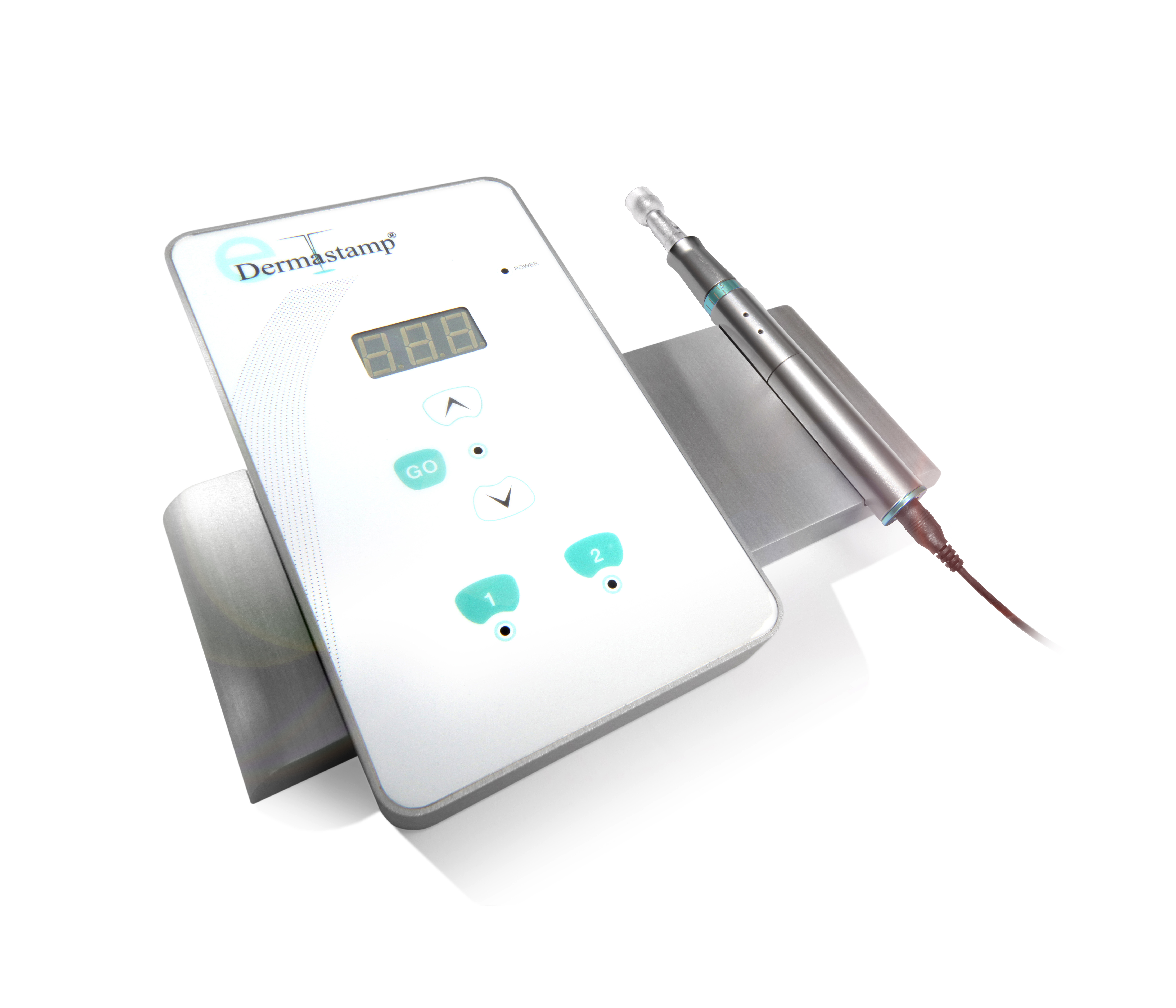Treatment options for rosacea.
Rosacea is known as a chronic skin rash which usually occurs on the central part of the face. The most affected age groups are patients between 30 and 60 years old.
Rosacea can be triggered by multiple agents including genetic, environmental, vascular, and inflammatory ones. Moreover, chronic exposure to ultraviolet (UV) radiation can also influence the skin damage.
Usually, rosacea appears in the form of red spots (papules) and in rare cases, as pustules. These spots have a dome-shaped form. Patients diagnosed with rosacea experience frequent facial blushing or flushing. Moreover, sun exposure, hot and spicy food or drinks can trigger even more redness. Individuals with sensitive skin may experience burning and stinging sensations as a reaction to makeup, facial creams, and/or sunscreens. As a result, due to affected eye areas, ocular rosacea can be diagnosed. It is usually characterized by having red, sore, and gritty eyelid margins with papules and styes.
There are numerous treatment methods available for treating rosacea that are unique for every patient. The general measures include avoidance of using oil-based facial creams. Instead, it is recommended to use water-based make-up. It is recommended to avoid any sun exposures and use light oil-free facial sunscreens. In order to decrease the flushing effect, it is highly advised to reduce consumption of hot/spicy food, alcohol, hot showers, and baths as well as warm rooms. Some individuals use ice blocks in the mouth, between gum and cheek, to reduce facial redness for a short period of time.
Topical steroids should not be used for treating rosacea even though short-term improvements have been observed. In the long run, topical steroids cause rosacea’s outburst to be more severe due to increased production of nitric oxide.
Different variations of oral antibiotics are being prescribed for the course treatment. For instance, Tetracycline antibiotics (e.g. doxycycline and minocycline) are often used to treat rosacea. They help to reduce redness, pustules, papules, and eye symptoms. These antibiotics are usually prescribed for the course treatment of 6 to 12 weeks. The duration and dosage amounts are calculated individually for every patient depending on how severe rosacea is. Further prescriptions of the antibiotics are needed from time to time since antibiotics do not cure the disorder.
Anti-inflammatory effects of antibiotics are currently under investigation; however, they have shown promising results. These antibiotics tend to inhibit the functions of Matrix metalloproteinases (MMP) which in return decrease inflammation and cathelicidins.
Long-term antibiotics have their own disadvantages in developing bacterial resistance. Low doses that do not have antimicrobial effects are preferred to be used in treating various skin conditions, including rosacea.
Topical treatments of rosacea are also used for treating rosacea. For instance, Metronidazole cream or gel is prescribed for mild inflammatory rosacea and in combination with oral antibiotics for more severe cases. Azelaic acid cream or lotion is also an effective remedy for mild inflammatory rosacea to be applied twice a day.
Certain medications like carvedilol and clonidine help to reduce vascular dilation (widening of blood vessels) which in return reduce flushing. Those medications are well-tolerated among patients. Some of the side effects may include dry eyes, low blood pressure, low heart rate, and blurred vision.
Oral non-steroidal anti-inflammatory agents like diclofenac help to reduce discomfort and redness of the affected skin. The serious adverse effects are very uncommon but sometimes renal toxicity, hypersensitivity reactions, and peptic ulceration may occur.
Vascular laser or intense pulsed light treatment can successfully reduce persistent telangiectasia (cutaneous blood vessels). Light pulses are targeted at the red-pigment, known as haemoglobin, in the blood. They heat up and destroy the pigment without affecting other tissues and skin around the rash.
Centre for Medical and Surgical Dermatology offers various treatment options for rosacea which are unique for every patient. For more information on this condition, visit the following link:
Centre for Medical and Surgical Dermatology offers IPL therapy as a treatment option for rosacea. For more information about this treatment option, visit the following link:
Centre for Medical and Surgical Dermatology offers radiofrequency as a treatment option for rosacea. For more information about this treatment option, visit the following link:
4 Comments
Comments are closed.
Related Posts




You are not the general blog author, man. You certainly have something important to add to the net. Such a great blog. I will be back for more.
Very good points you wrote here..Great stuff! I think you’ve made some truly interesting points. Keep up the good work.
I discovered your blog site on google and check a few of your early posts. Continue to keep up the very good operate. Seeking forward to reading more from you later on!
Thanks for the concept, you sparked at thought from an angle